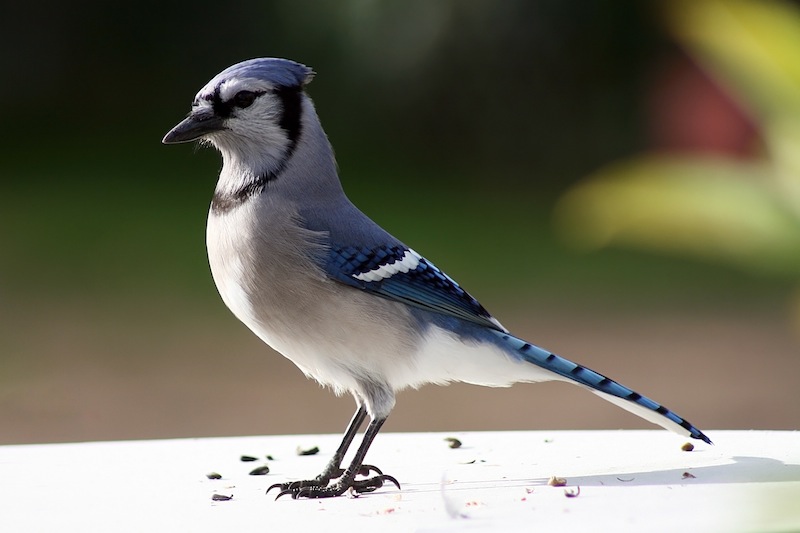
As the colder weather begins arriving around the country, it means that many of the visiting birds have left for more temperate climates. That leaves us with the year-round birds that will stick around and visit our feeders no matter what.
Fewer year-round birds are more notable and recognizable than the Blue Jay. While you might dismiss it as just another ordinary bird, the Blue Jay is quite unique if you delve deeper. So, in honor of the beautiful bird, we’ve assembled some of the most interesting facts about Blue Jays.
- Blue Jays aren’t actually blue. In fact, the pigment in their feathers is brown. Scattering light in the structural parts of the feathers causes us to see the blue coloration.
- The oldest known wild Blue Jay lived to be at least 17 years 6 months, which is nearly two years older than the oldest recorded Northern Cardinal.
- Many birds are adopted as the mascot of teams, and the Blue Jay is no exception. The Major League Baseball team in Toronto is the most famous team to use the bird as its mascot.
- Blue Jays are omnivores, but they mainly stick to vegetation, berries, acorns and more. While they are infamous and sometimes loathed for eating the eggs of other birds, this behavior is actually quite rare.
- With the ability to mimic the calls of hawks, like the Red-shouldered Hawk, it’s believed that Blue Jays use the calls as a warning or to trick other species.
- Blue Jays are very aggressive and territorial, but they have been known to get bullied by squirrels, grackles and Florida Scrub-Jays at some feeders.
- Sometimes, Blue Jays take ants and wipe them across their feathers—a practice known as “anting.” Scientists believe they do this to make certain ants secrete their harmful spray, so they’re fit for digestion.
- The birds are found extensively across the eastern and central portions of the United States, but they are very slowly expanding their range into the Northwest.
- The Blue Jay is in the same family as the crow.
- Blue Jays form monogamous relationships that can last multiple breeding cycles. A pair will usually stay together until one of them dies.



52 Comments
me to
you guys are lucky. i live in australia and cant see blue jays